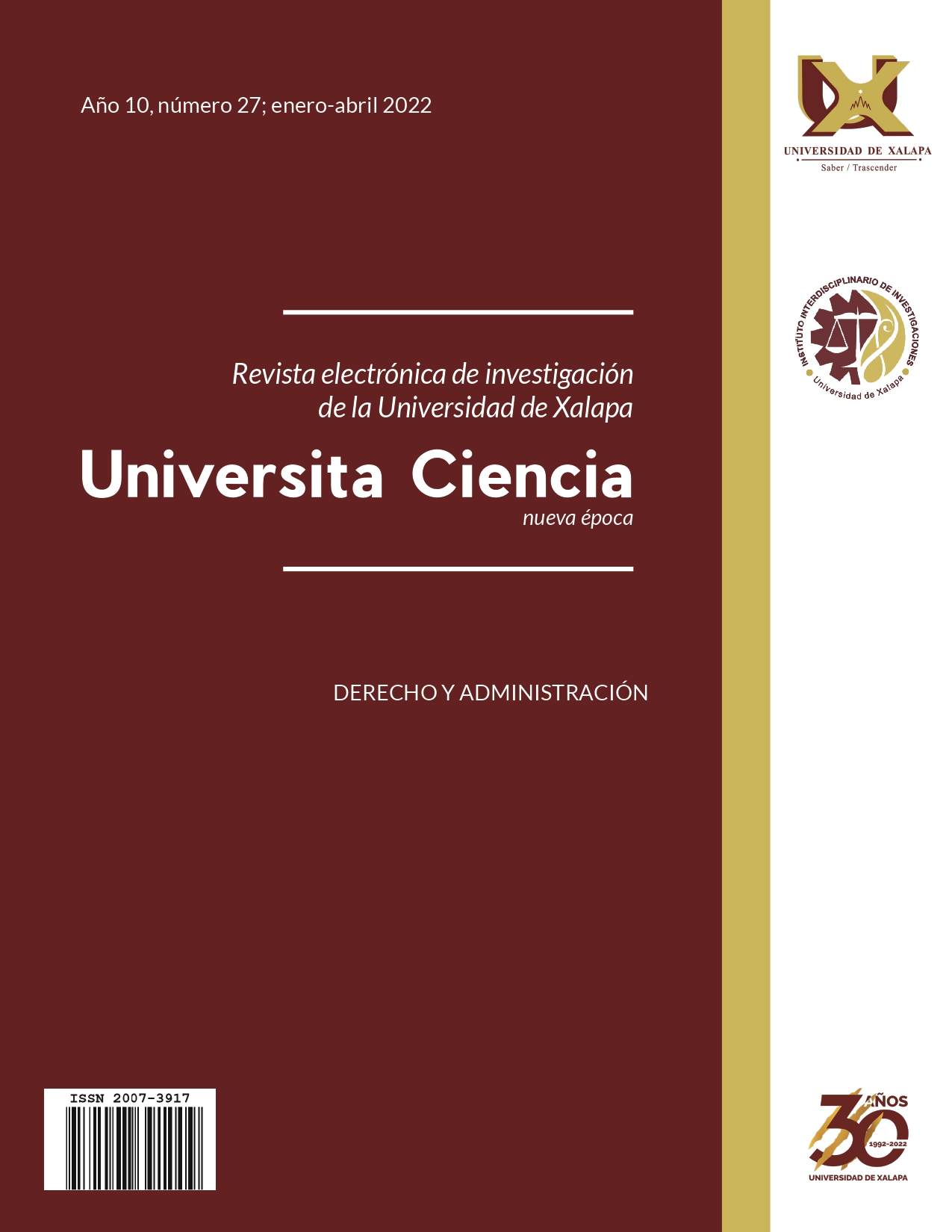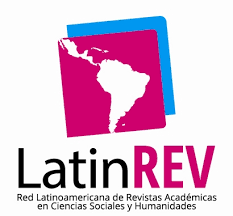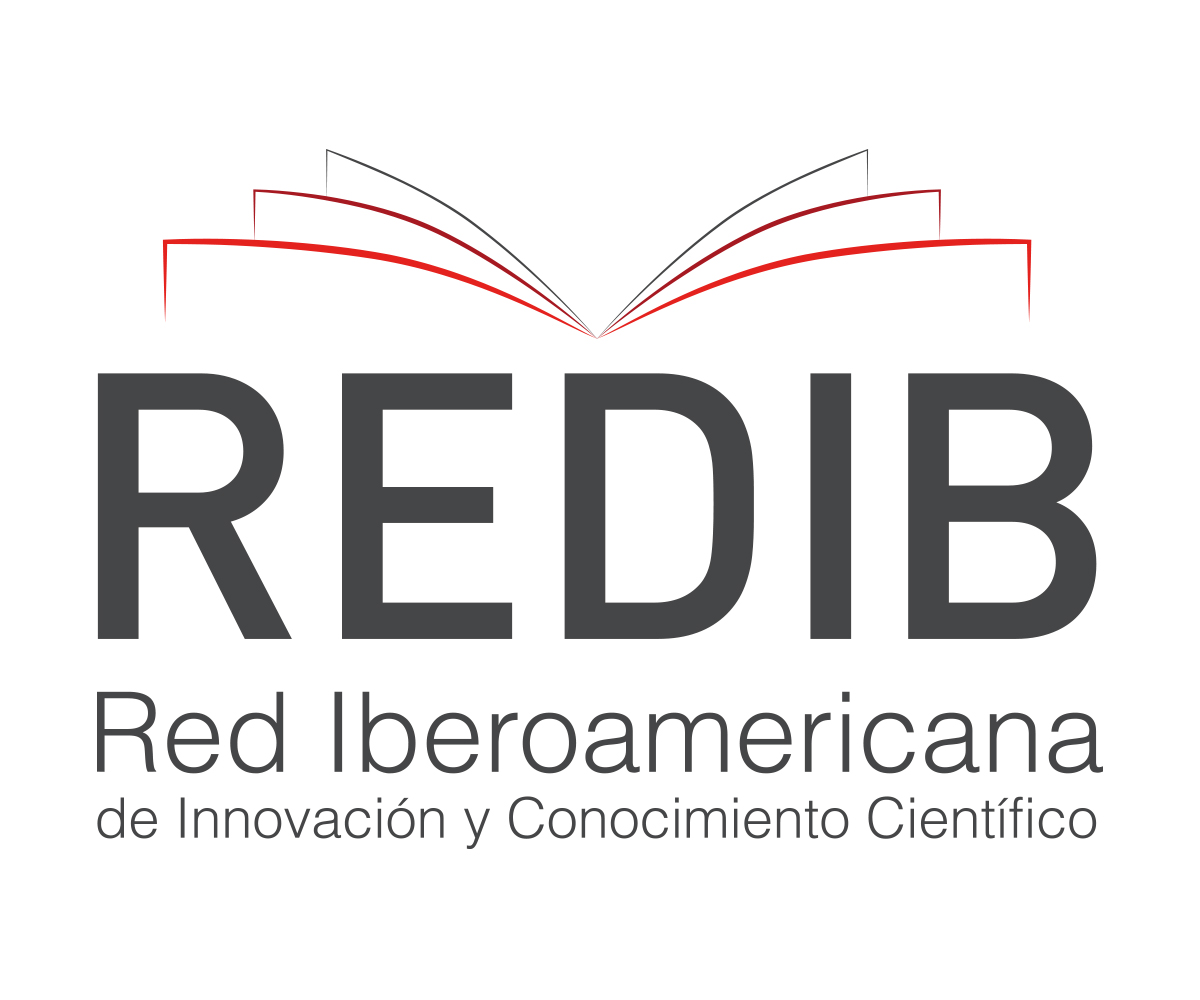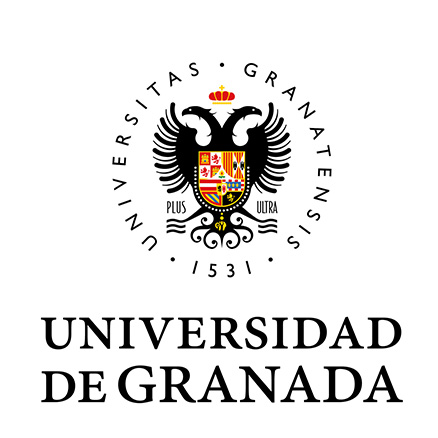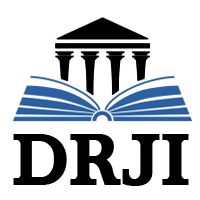Around the Political Ideology of the Constituents Of 1917
DOI:
https://doi.org/10.5281/zenodo.6539966Keywords:
Constituent Congress, daily debates, QueretaroAbstract
This article establishes a historical and exegetical compilation of the scenario that allowed the consolidation of the constituent congress of 1917, taking as a point of analysis issues that would be very important for the consolidation of Mexican constitutional law, such as agrarian rights, municipal regulations free, the consolidation of civil marriage. Likewise, it establishes the reason why it is posible to select the city of Querétaro as the place where the constituent would meet.
Metrics
References
Antología de la Constitución de 1917 (Visión periodística). (1986). Gobierno del estado de Querétaro e INEHRM.
Bojórquez, J. de D. (1963). Hombres y aspectos de México (en la tercera etapa de la Revolución). Biblioteca del Instituto Nacional de Estudios Históricos de la Revolución Mexicana.
Bórquez, D. (1992). Crónica del Constituyente. INEHRM.
Carpizo, J. (1989). La Constitución Mexicana de 1917. UNAM y Coordinación de Humanidades, 1989.
Córdova, A. (2003). La ideología de la revolución mexicana: la formación del nuevo régimen. Era.
Cumberland, Charles C. (1980). La Revolución mexicana: los años constitucionalistas. Fondo de Cultura Económica.
Del Llano Ibáñez, R. (2006). Lucha por el cielo. Edición de Miguel Ángel Porrúa.
Ferrer Mendiolea, G. (2014). Historia del Congreso Constituyente. Biblioteca Constitucional INEHRM- SEP.
Frías y Frías, V. (2005). Valentín Frías y sus Efemérides Queretanas de la época del Carrancismo (2 tomos). UAQ, serie Humanidades.
García Ugarte, M. E. (2011). Querétaro, historia breve (3a ed). COLMEX y FCE.
Huerta Cuevas, E. (2013). Ingeniería institucional y estabilidad política. El México revolucionario, 1908-1920. [Tesis de maestría de la Benemérita Universidad Autónoma de Puebla, Facultad de Derecho y Ciencias Sociales].
Landa Fonseca, C. (1989): Querétaro, textos de su historia (volumen VII). Instituto de Investigaciones José María Luis Mora, 1989.
Luquin, E. (1960). El pensamiento de Luis Cabrera. Biblioteca del Instituto Nacional de Estudios Históricos de la Revolución Mexicana.
Martínez Báez, A. (1958). La Constitución de 1917 y la economía mexicana. UNAM y Facultad de Economía.
Navarrete, F. (1958). De Cabarrús a Carranza: la legislación anticatólica en México. Editorial Jus, colección Figuras y Episodios de la Historia de México.
Rouaix, P. (1945). Génesis de los artículos 27 y 123 de la Constitución Política de 1917. Gobierno del estado de Puebla.
Sayeg, Helú, J. (1985). Semblanzas históricas mexicanas: Personajes, episodios y documentos. Editorial PAC.
Somohano, L. y Gutiérrez, B. (2008). Querétaro: una historia al alcance de todos. Ediciones de la UAQ.
Tobler, Hans W. (1997). La revolución mexicana: transformación social y cambio político, 1876-1940. Alianza Editorial.
Tras reñidísimo debate, fue aprobado ayer el dictamen del artículo 3º de Proyecto de Reformas.(1916, 17 de diciembre). El Demócrata. Diario Constitucionalista. Varios clubes políticos del Distrito Federal han acabado por fusionarse. (1916, 9 de octubre). El Universal.
Published
How to Cite
Issue
Section
License

This work is licensed under a Creative Commons Attribution-NonCommercial-ShareAlike 4.0 International License.
This journal adheres to the Creative Commons license in the definition of its policy of open access and reuse of published material, in the following terms:
- Accessibility to articles and other publications in whole or in part under the concept of copying, distribution, public communication , interactive access (through the Internet or other means), explicitly maintaining the recognition of the author or authors and the journal itself (authorship acknowledgment).
- Warning that if the articles are remixed, modified or fragments used in other creations, the modified material cannot be distributed, nor is it allowed to reconstruct versions from the original published articles (derived works).
- The use of the contents of the published articles, in whole or in part, for profit (non-commercial recognition) is prohibited.
The author retains copyright, transfers or grants exclusive commercial rights to the publisher, and a non-commercial license is used.

